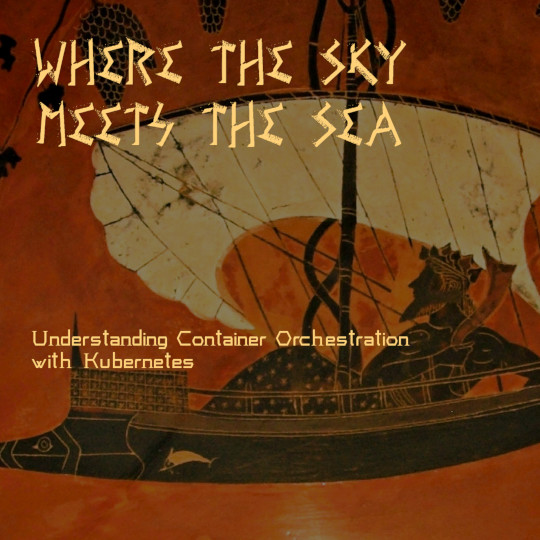Where the Sky Meets the Sea: Understanding Container Orchestration with Kubernetes

Learn to pilot Kubernetes and find out how it helps you get the most value out of your hardware. Kubernetes is the free, enterprise-grade, cloud-native solution for automated deployment, scaling, and management of containerized applications. This workshop offers an introduction to container orchestration concepts and practices by showing you how to work effectively with kubectl, utilize Labels and Selectors, explore various components of the Kubernetes control plane, and more. You’ll get your own Kubernetes cluster where you can deploy apps, learn how to influence scheduling decisions, and monitor the health of clustered workloads.
Detailed description
As anyone who has ever moved house knows, the more effectively you can pack, the easier your move will be. It’s a big task, often requiring thousands of tiny decisions to make sure delicate items are wrapped appropriately, all one’s stuff fits neatly into all the available boxes, and so on. Once the boxes are all packed, loading them onto a moving vehicle requires that you distribute their weight more or less evenly so that there are no unpleasant surprises during the move. This is more or less what container orchestration tools are for, except instead of moving physical bins, we have to ship software inside containers. Each container requires resources, like CPU time and memory space, which means we’ll need to play a sort of Tetris game to make sure all our containers fit in the most dense, yet most balanced, arrangement to keep our hardware costs as low as possible.
Kubernetes is the free and open source industry standard container orchestration platform that provides both system administrators and application developers with a set of tools for cooperatively building, deploying, and maintaining applications at all levels of scale. Its job is to help you get the most out of your hardware by “packing” all your containers (installed server software) into the fewest possible “bins” (physical or virtual machines), and then automatically monitoring, restarting, adding, removing, or shuffling those containers from one machine to another as demand for the services running on your cluster change. Your job is to tell Kubernetes what your ideal deployment situation is, and what to prioritize when resources get scarce.
In this intermediate-level workshop, we’ll build on our knowledge of Linux containers and fundamental system administration tasks to explore a Kubernetes cluster. You’ll learn how to inspect workloads using the kubectl command line utility, a graphical Web-based dashboard, and the Kubernetes API itself. By exploring the Kubernetes control plane, you’ll get insight into how Kubernetes makes scheduling decisions and, along with using Labels and Selectors, you’ll learn how to influence those scheduling decisions by tainting certain resources in specific ways. Finally, you’ll see how Kubernetes provides a set of “cloud-native” services and APIs that developers can use to write apps that spawn more replicas of themselves when needed and perform other forms of automated or self-healing tasks, making the system administrator’s job that much easier.
Upcoming “Where the Sky Meets the Sea: Understanding Container Orchestration with Kubernetes” Events
(Not currently scheduled.)